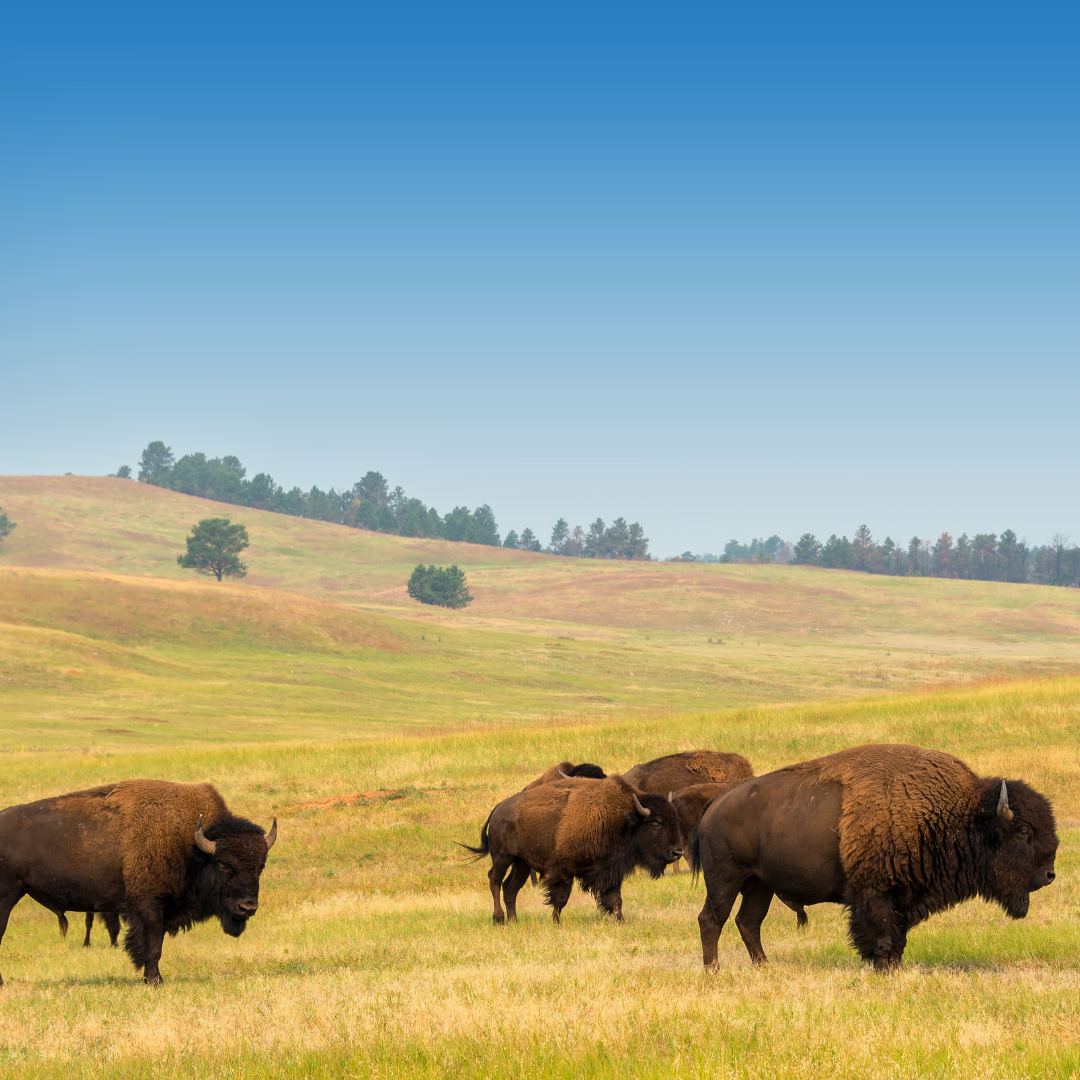A new report reveals that preserving reef sharks, gray wolves, wildebeest, sea otters, musk oxen, and ocean fish, and increasing the populations of African forest elephants, American bison, and baleen whales, could remove 6.41 gigatons of carbon annually. It also highlights the importance of collaborating with existing populations to solve social concerns that may have an impact on wildlife management.
The Paris Agreement stipulates that the global temperature rise must not exceed 1.5° Celsius (2.7° Fahrenheit) over pre-industrial levels. Conversation and restoration of wild animals like the above play a key role in preventing climate warming.
However, to fully utilize the enormous potential of wildlife, a shift in scientific and policy paradigms is a must, emphasizes the report. The role of wildlife populations in the ecosystems is collapsing. According to the IUCN Red List of Endangered Species, over 42,100 species are in imminent danger of becoming extinct, with many other populations declining quickly. This is owing to the impact of anthropogenic hazards on the natural surroundings including poaching, infrastructural expansion, livestock farming, fossil fuel extractions, etc.
"There is urgency because we are losing populations of many animal species at the very time that we are discovering the degree to which their role in ecosystems can enable carbon capture and storage," said Frans Schepers, managing director of Rewilding Europe and co-author of the report.
Animal Contribution To Carbon Reduction
According to Oswald Schmitz, Oastler Professor of Population and Community Ecology, "Wildlife species, throughout their interaction with the environment, are the missing link between biodiversity and climate." "This interaction means rewilding can be among the best nature-based climate solutions available to humankind," added Schmitz.
Research also shows that the presence or absence of wildlife in particular habitats can have a significant impact on how much carbon is taken in and stored there. Animals help stabilize our planet's climate system by removing carbon dioxide from the environment and storing it in their diets and activities like foraging, organic carbon deposition, seed dispersal, etc. By conserving and rehabilitating animal biodiversity, it can significantly contribute to global climate change objectives.
Click here for the full paper "Trophic rewilding can expand natural climate solutions."
Related reads:





